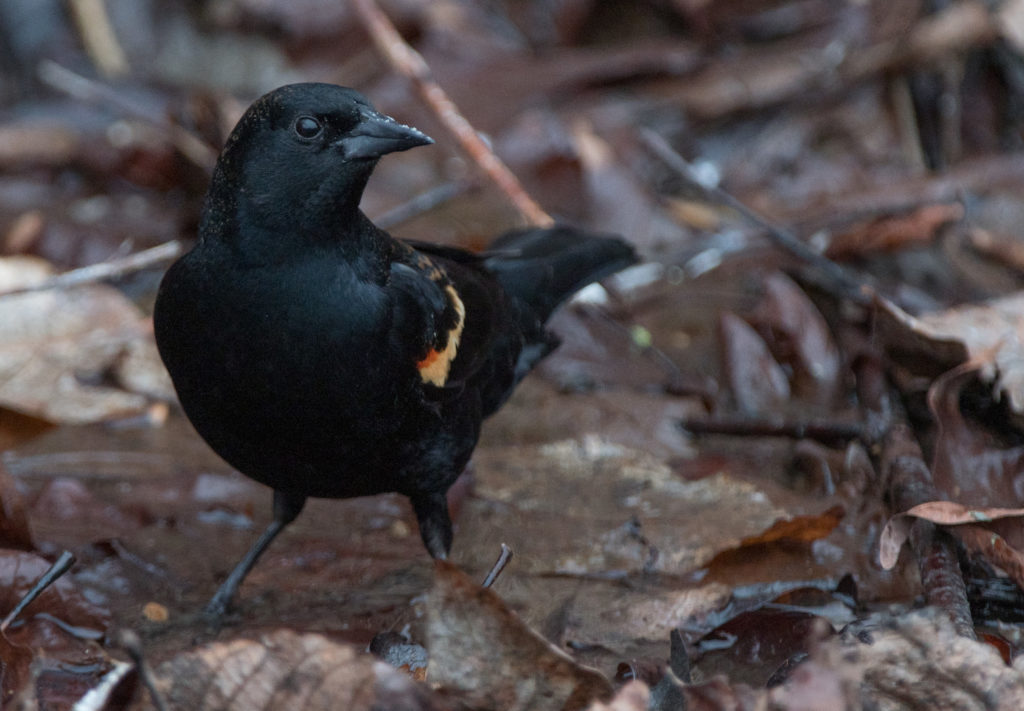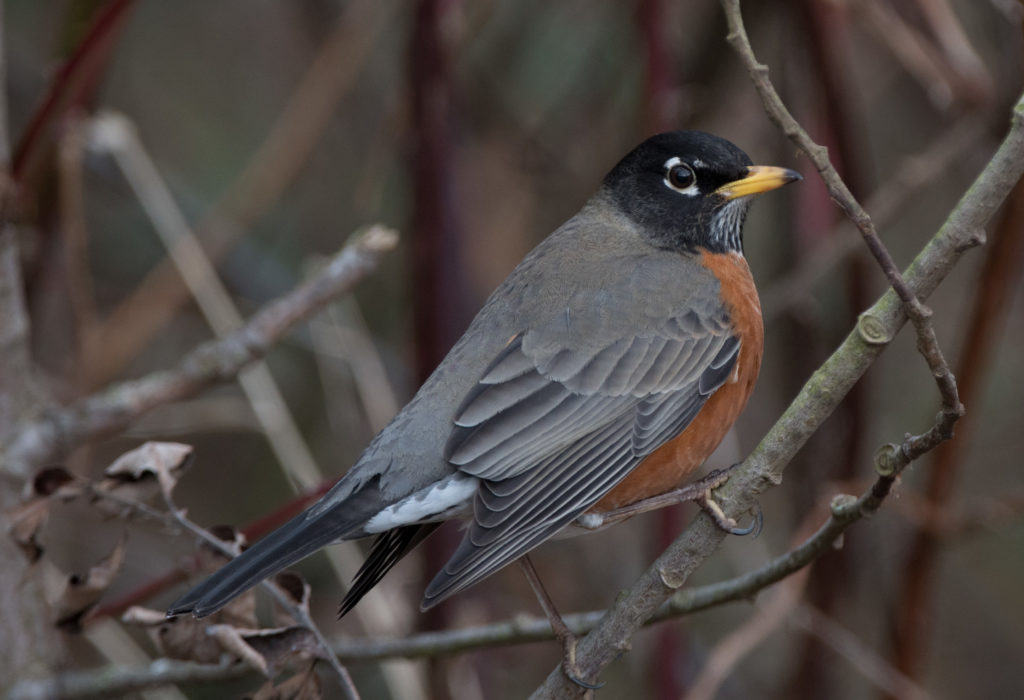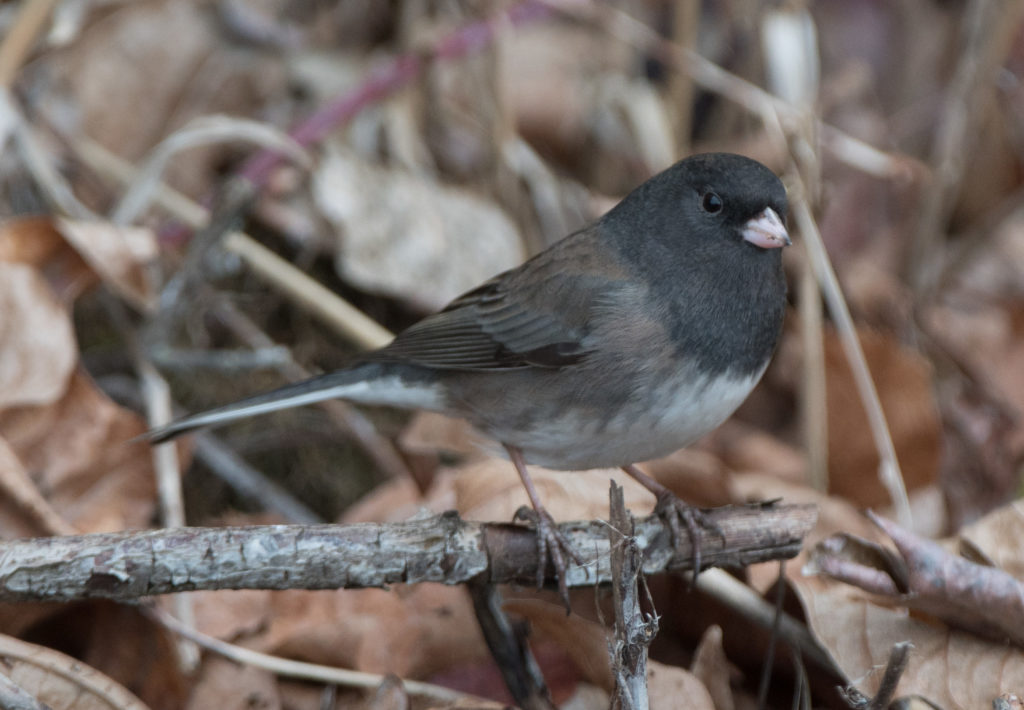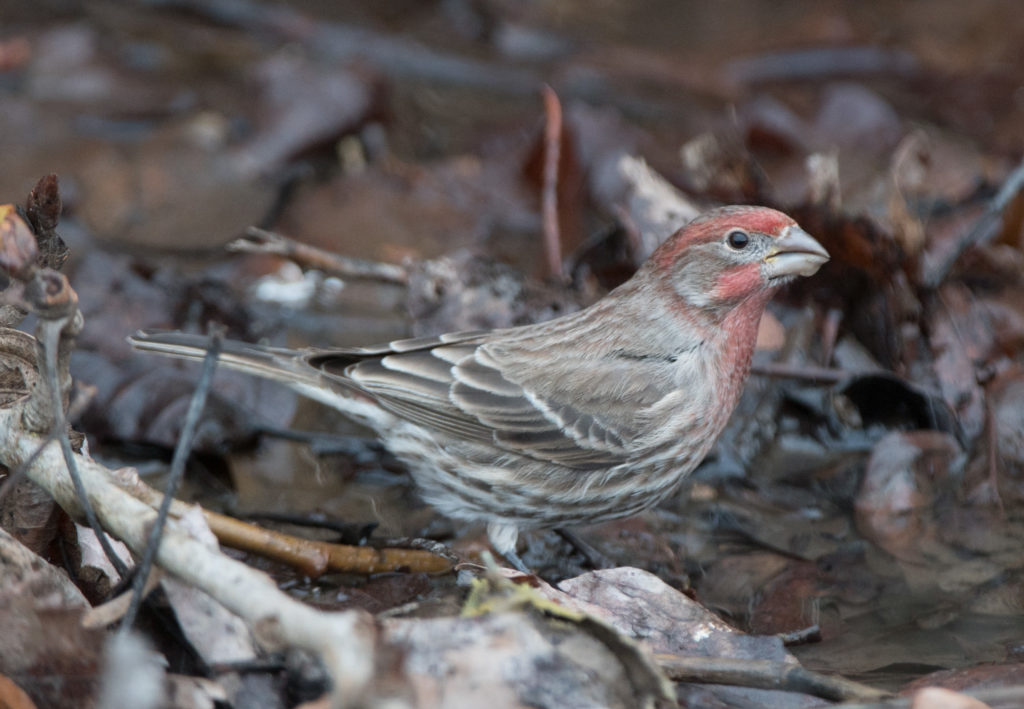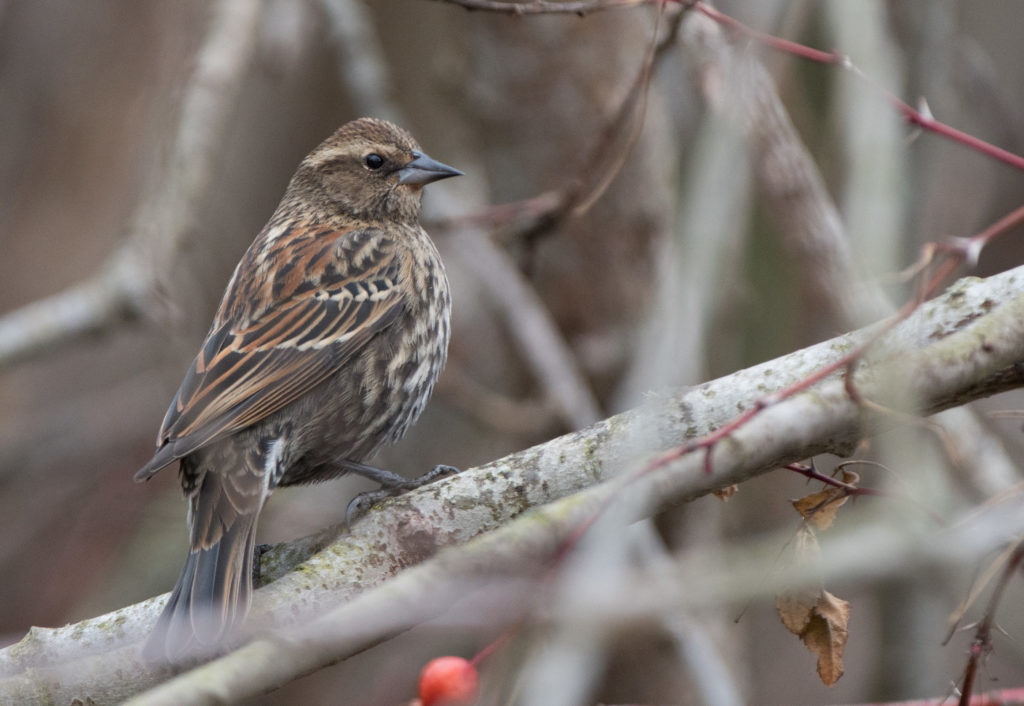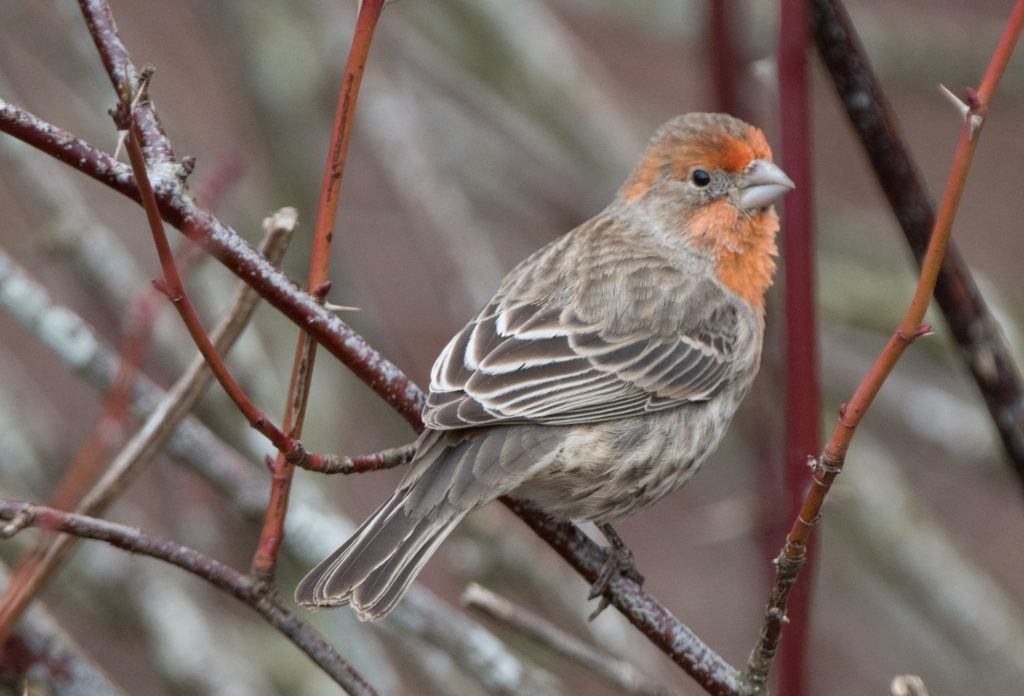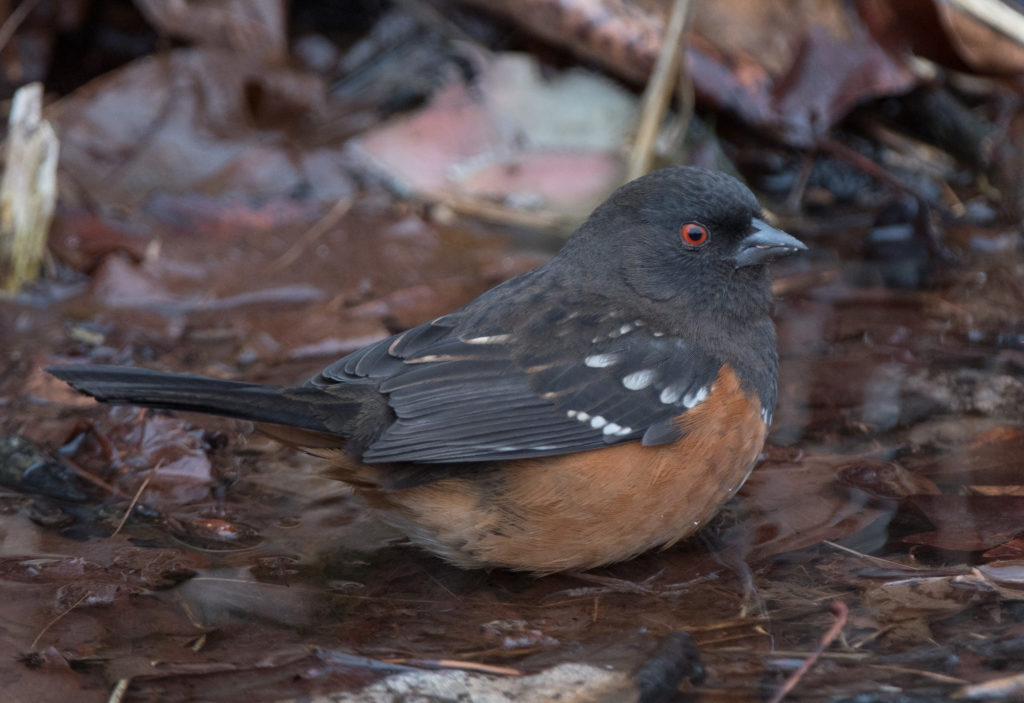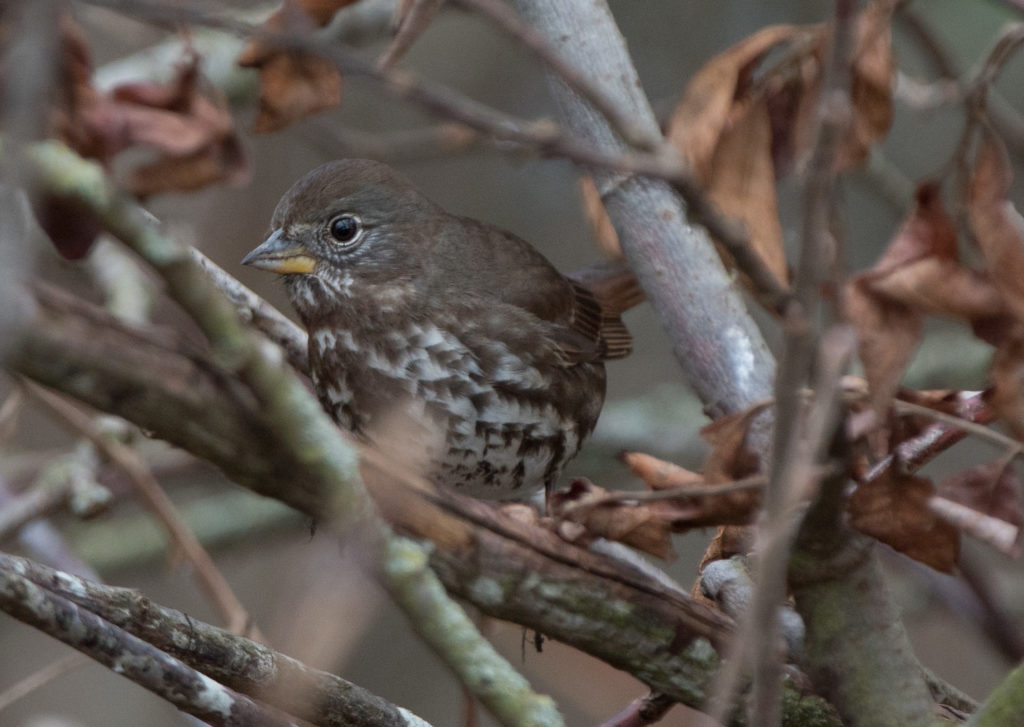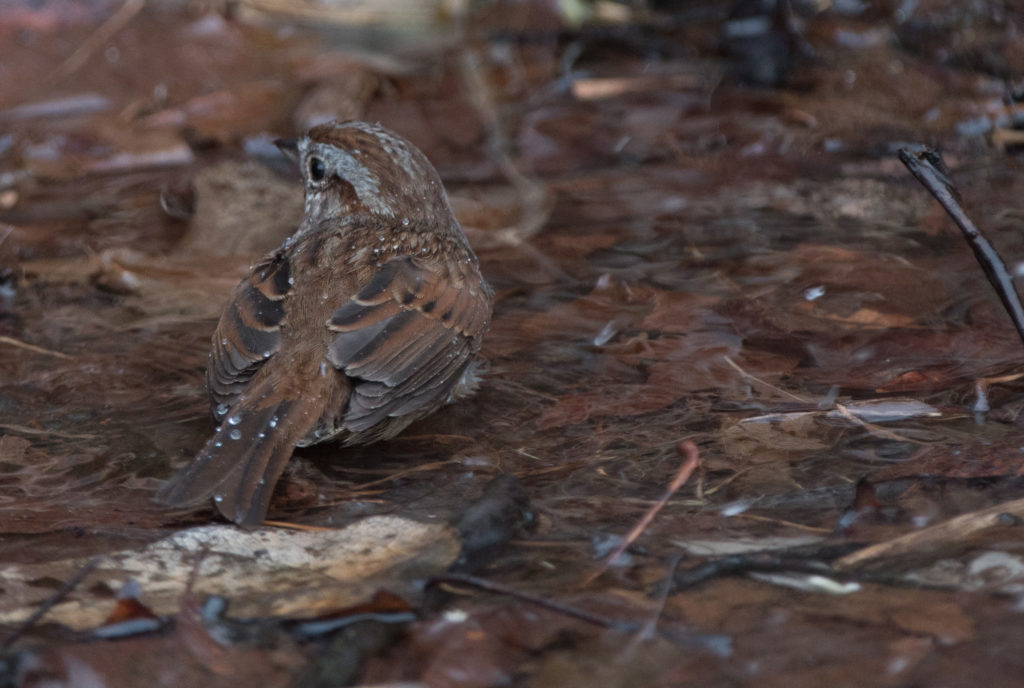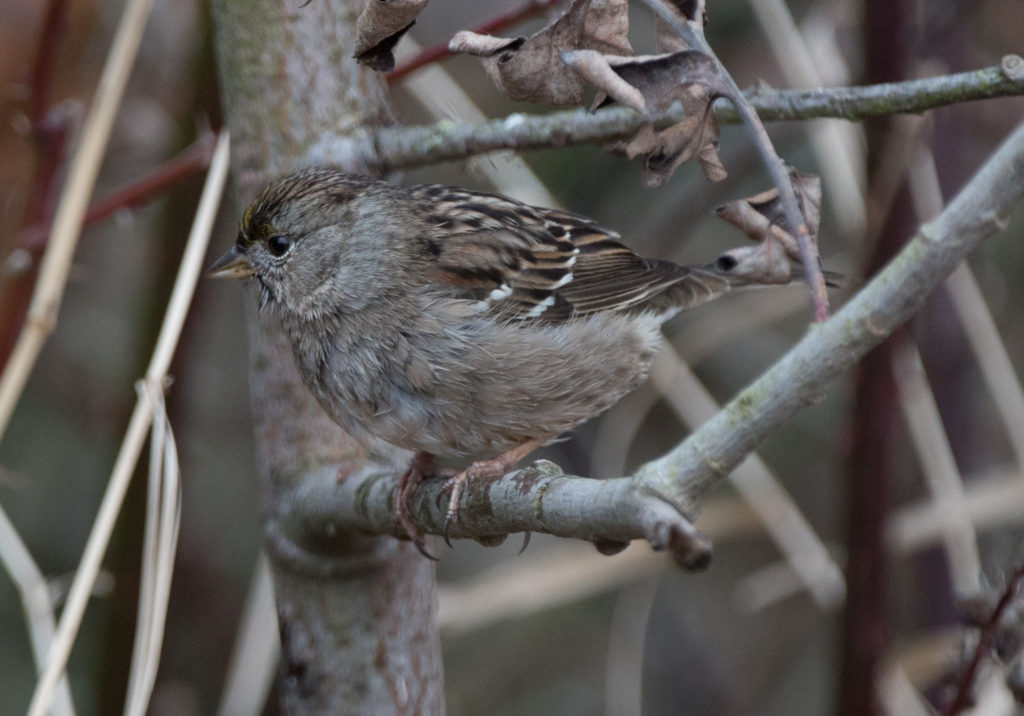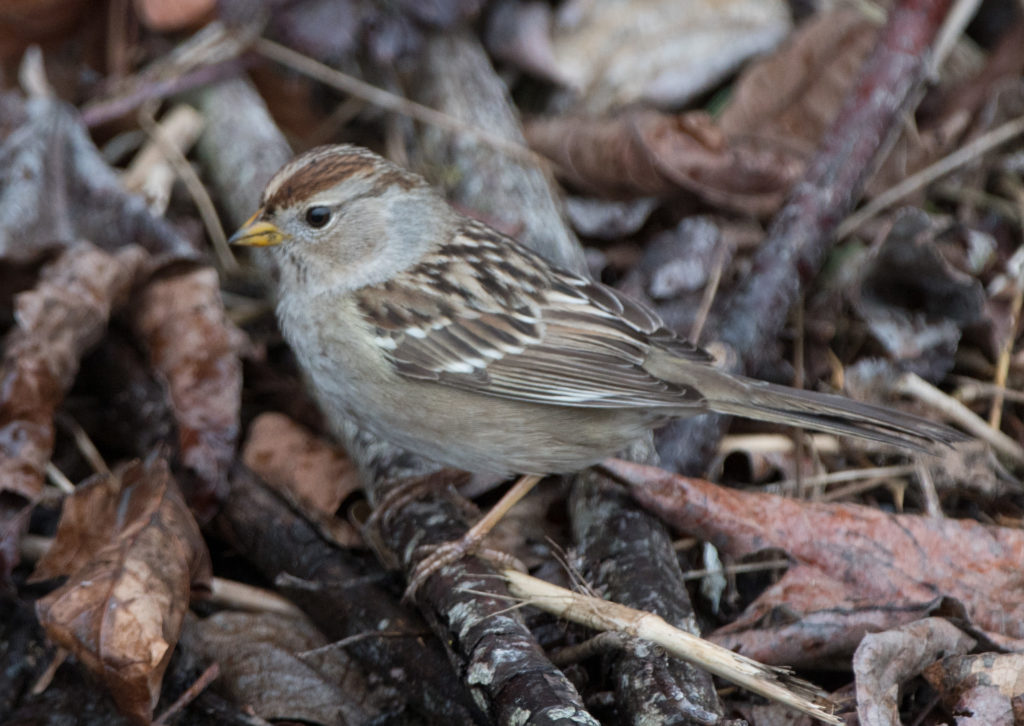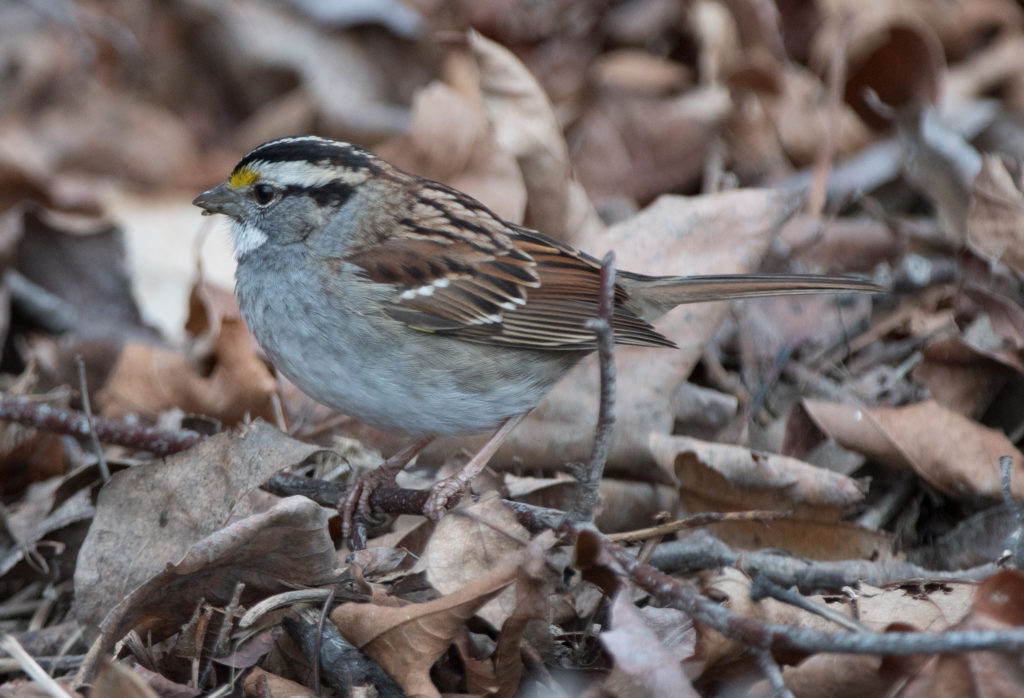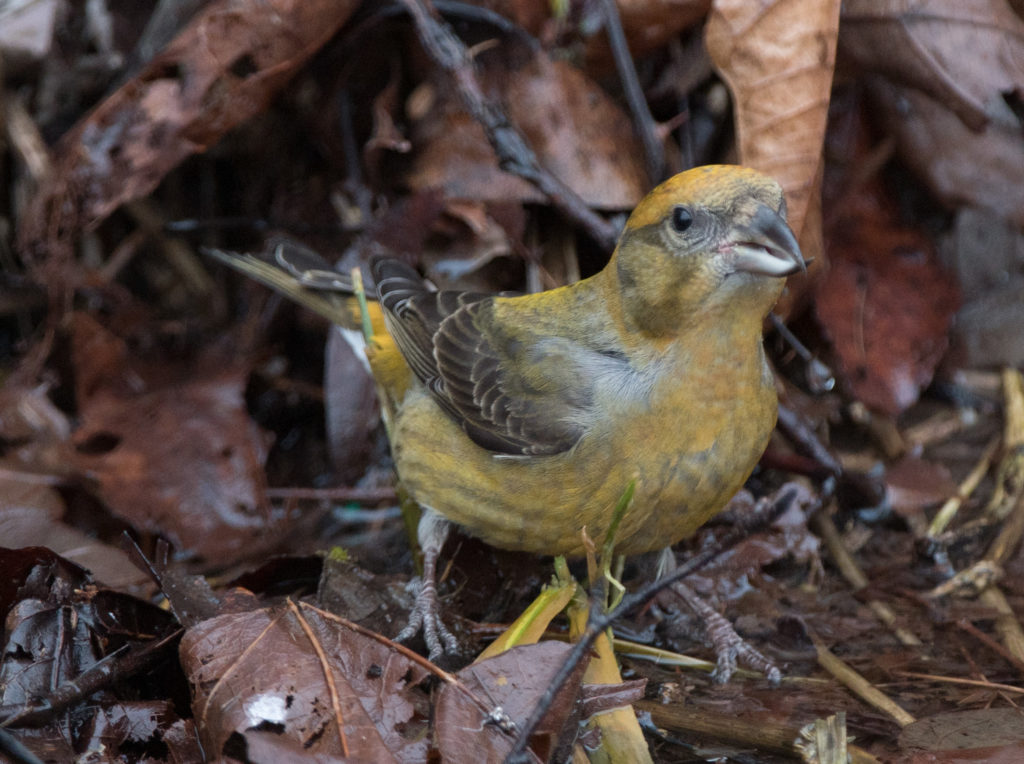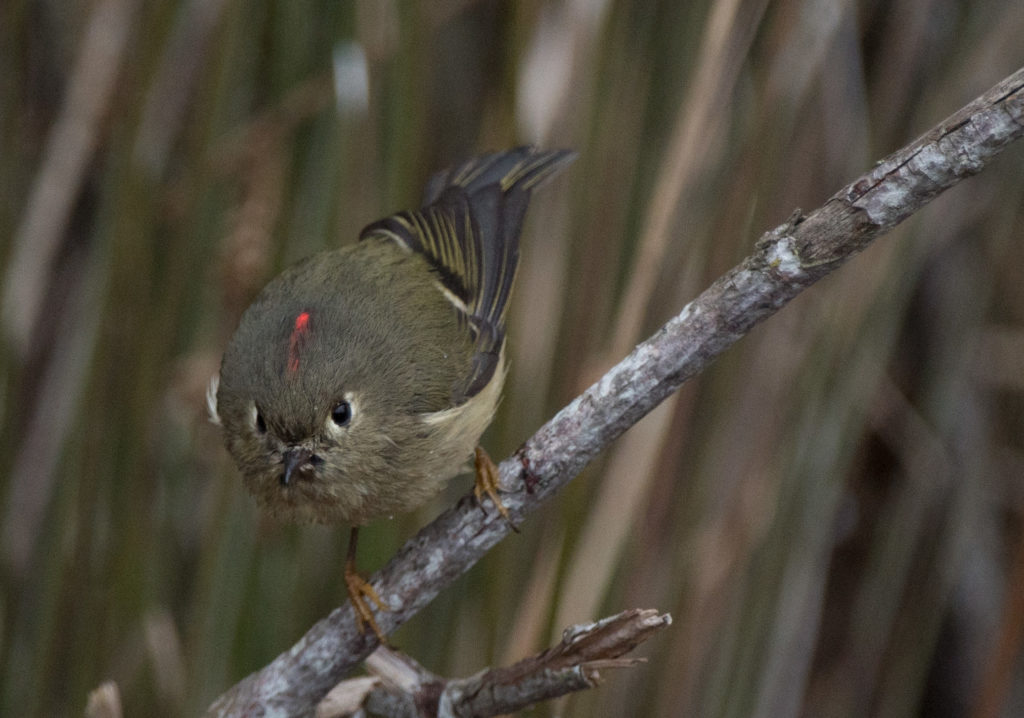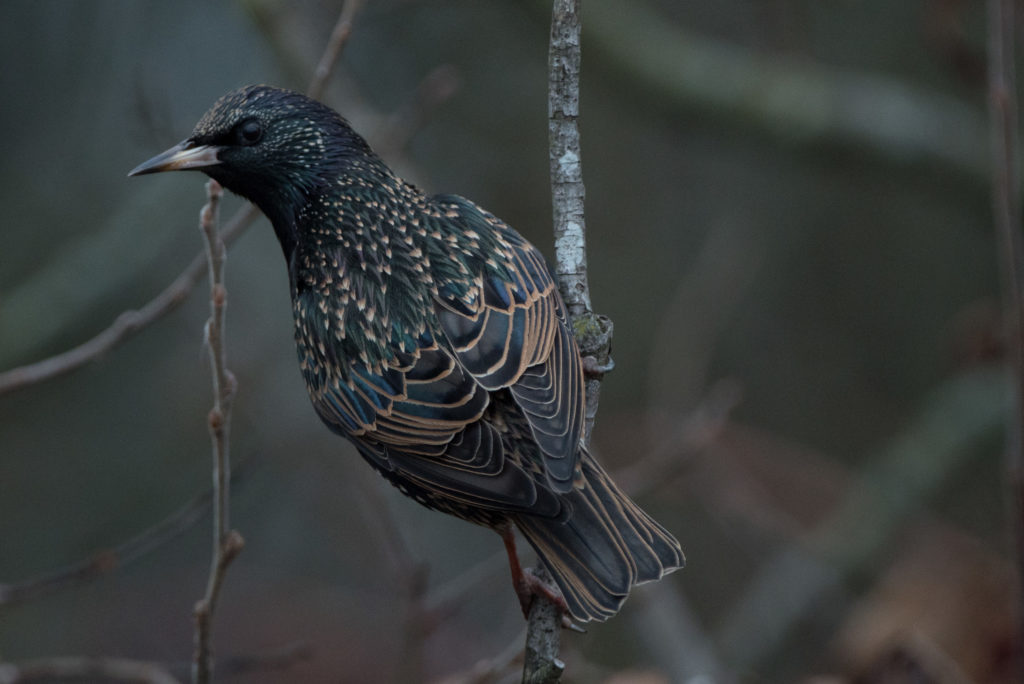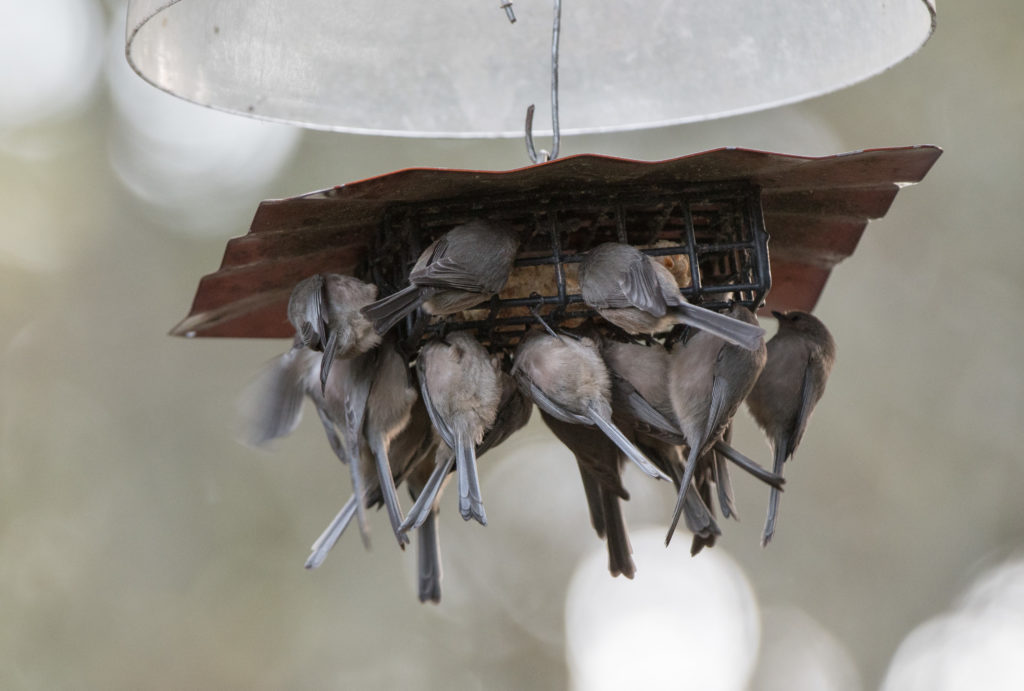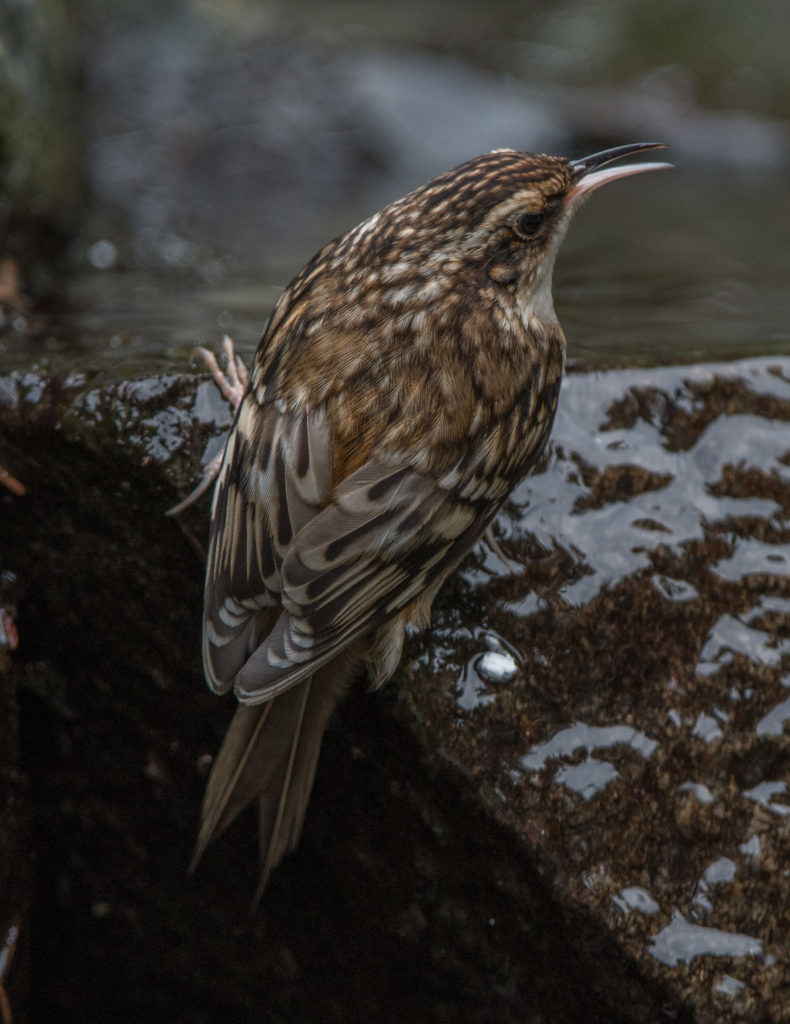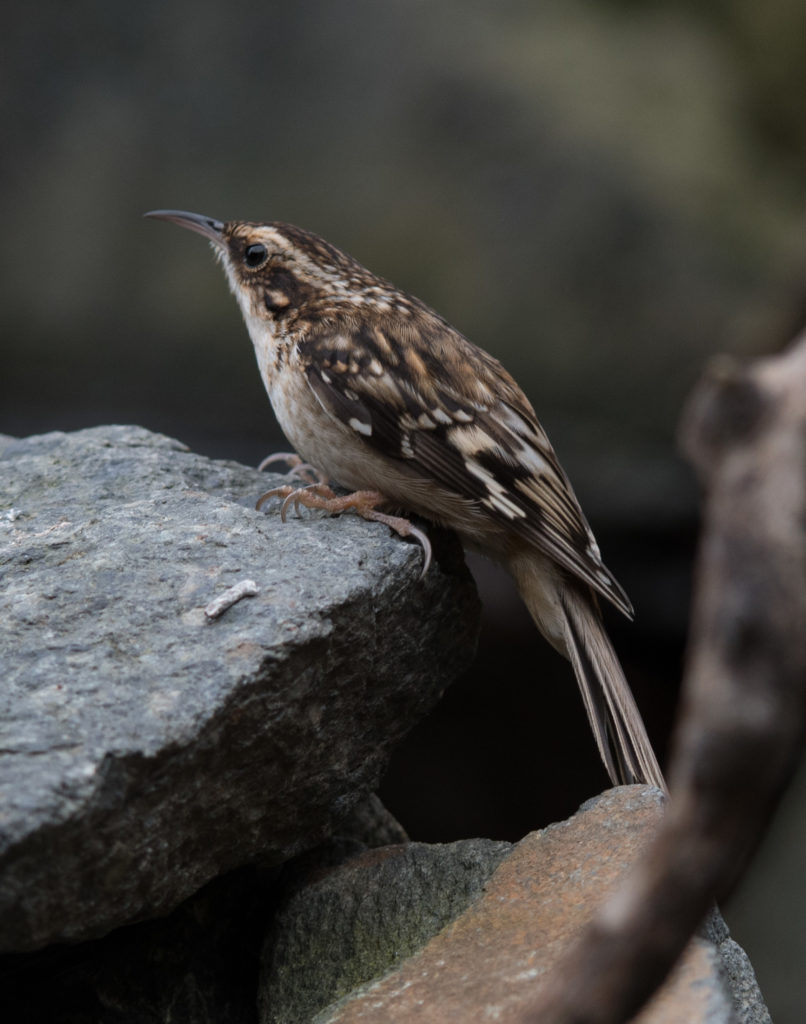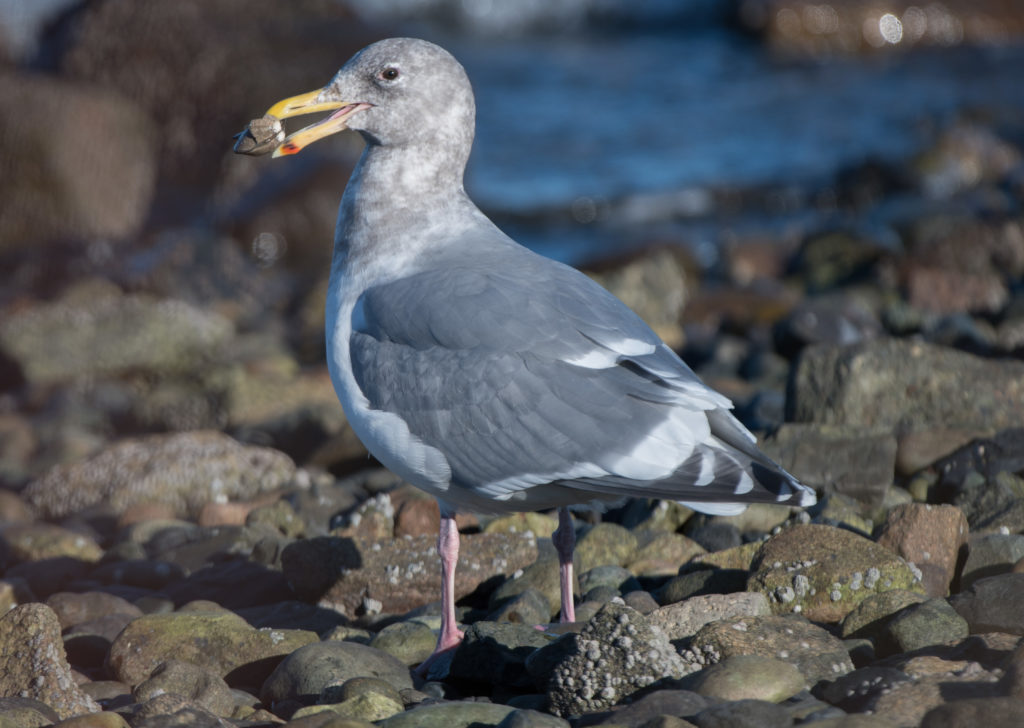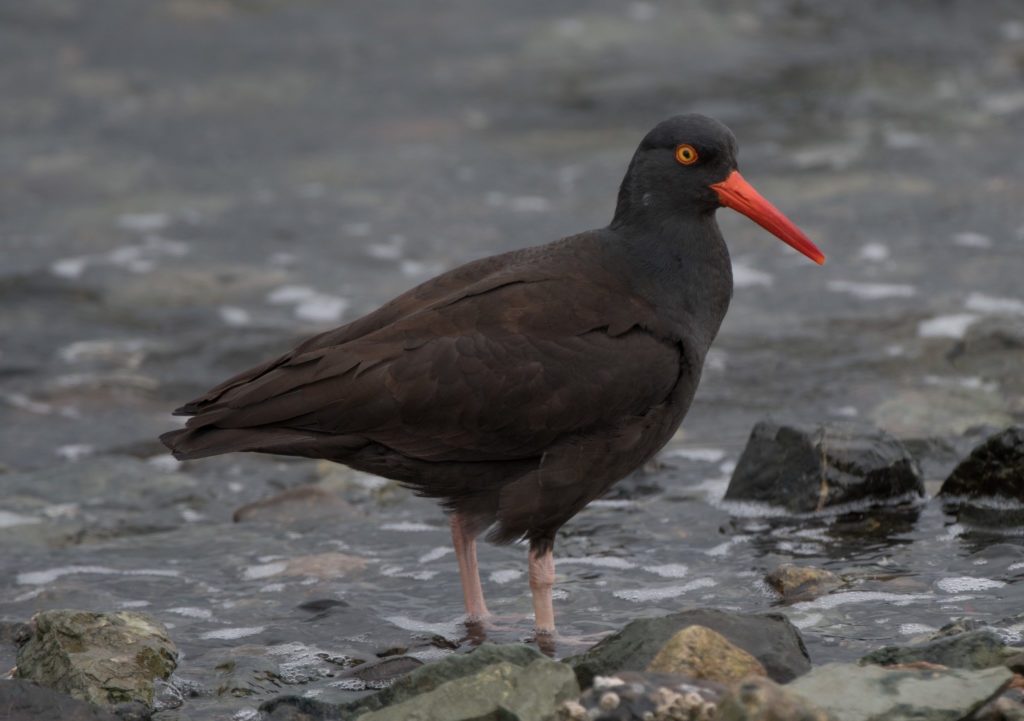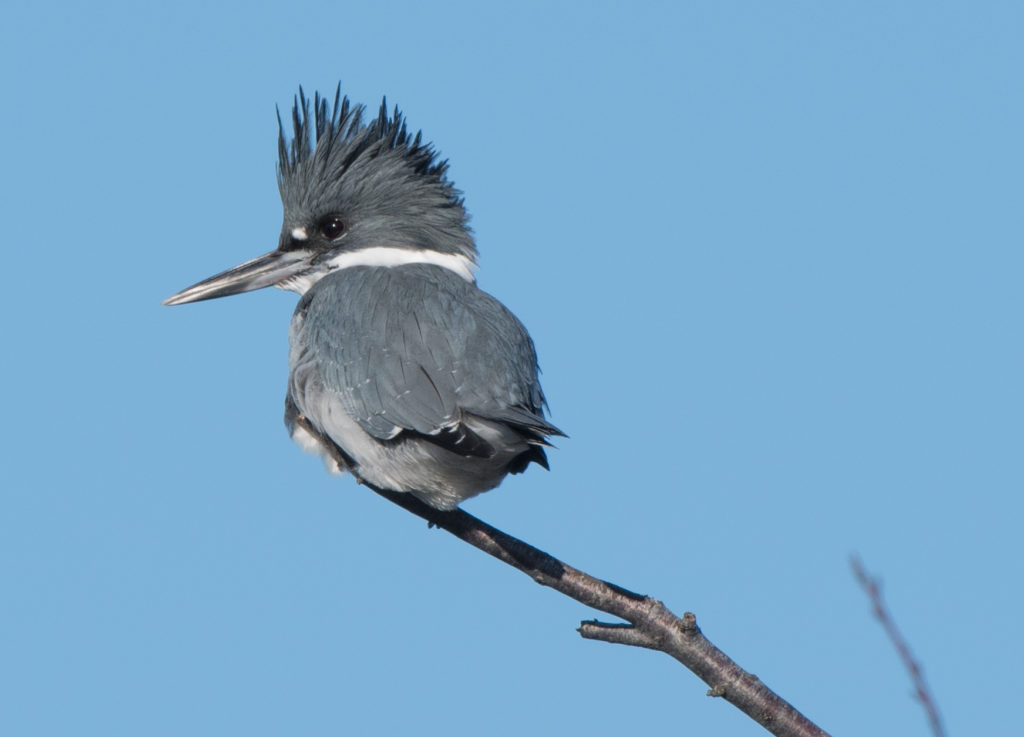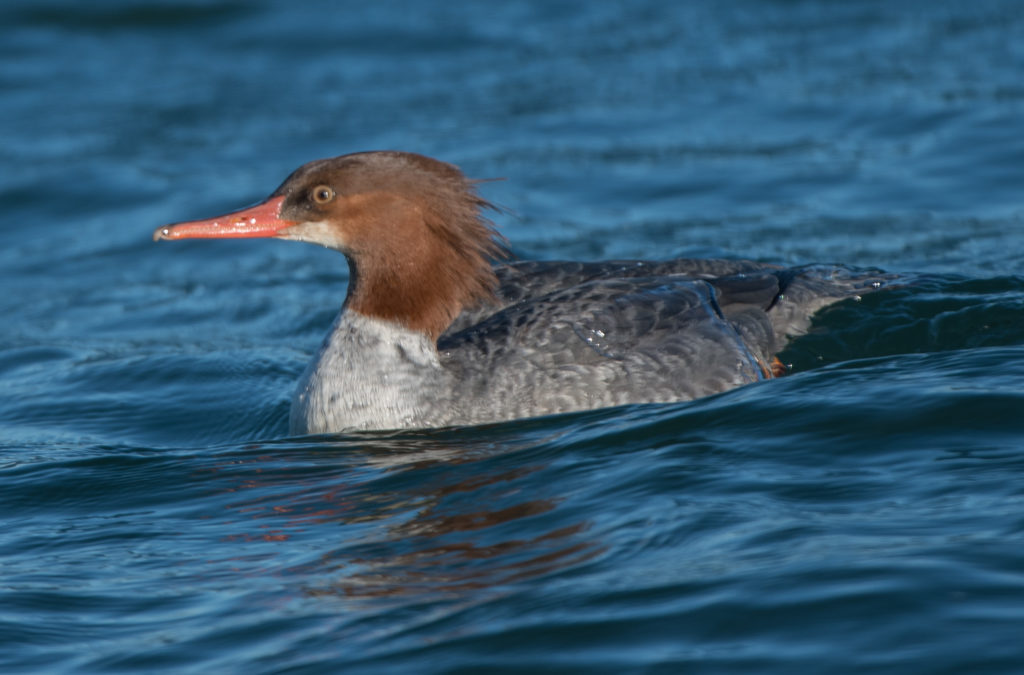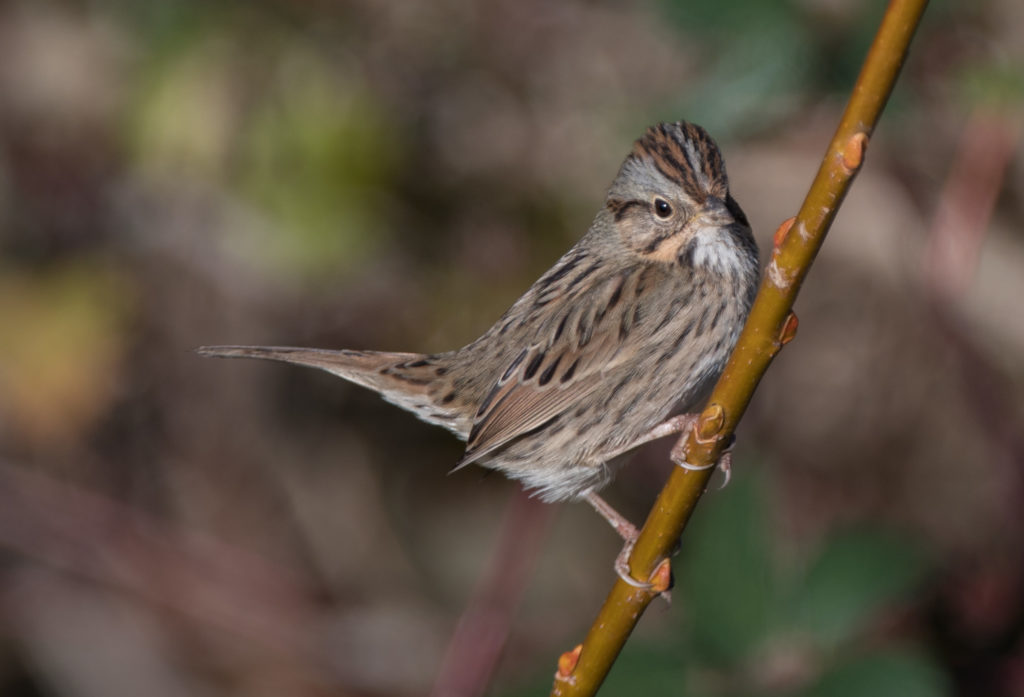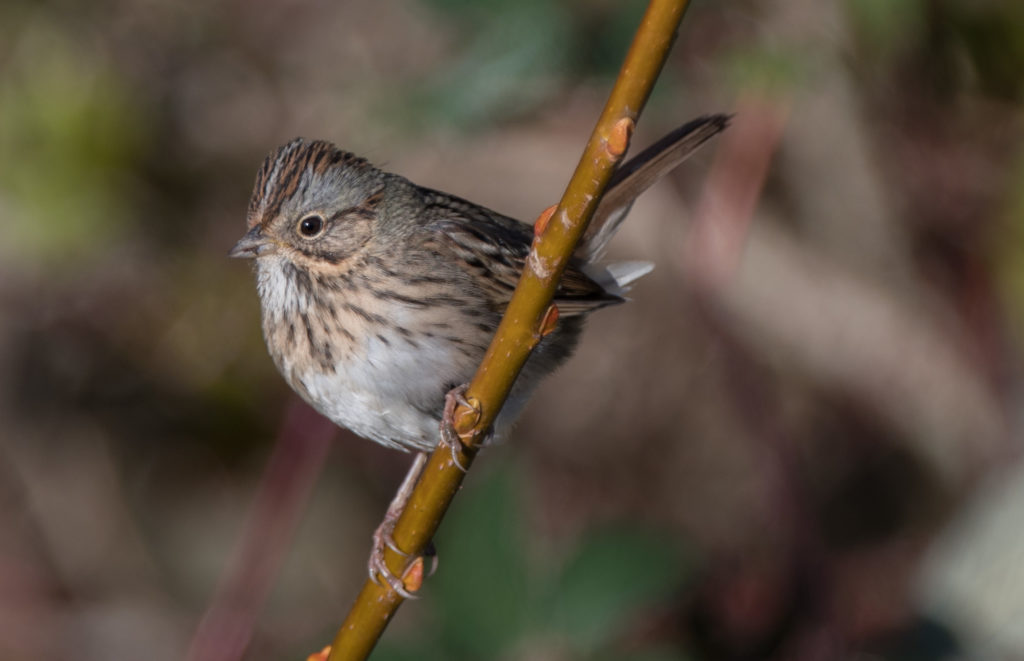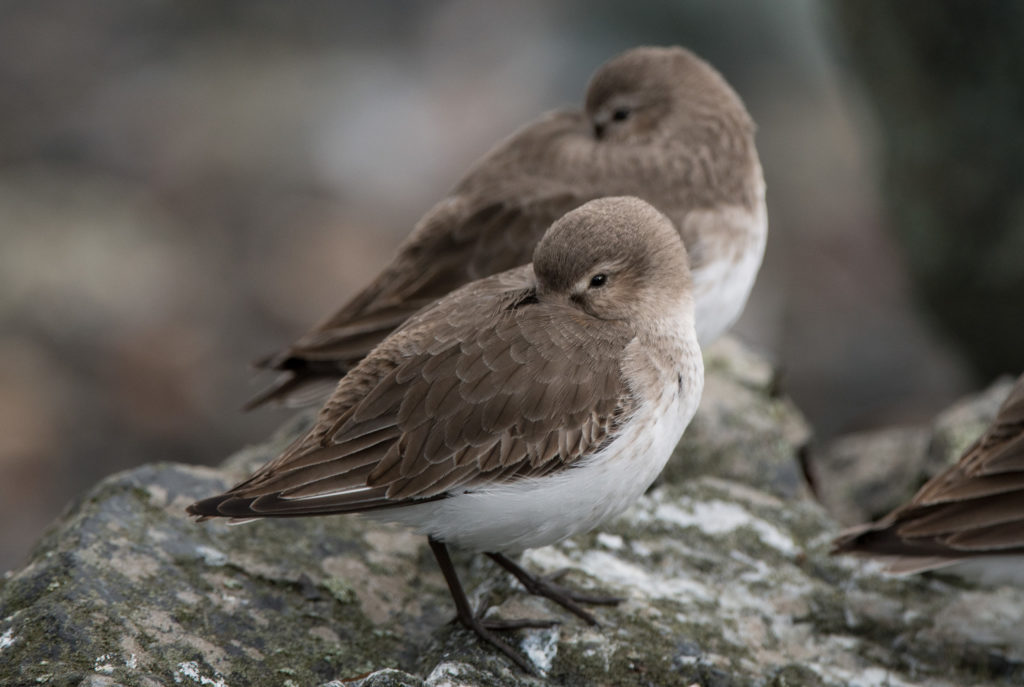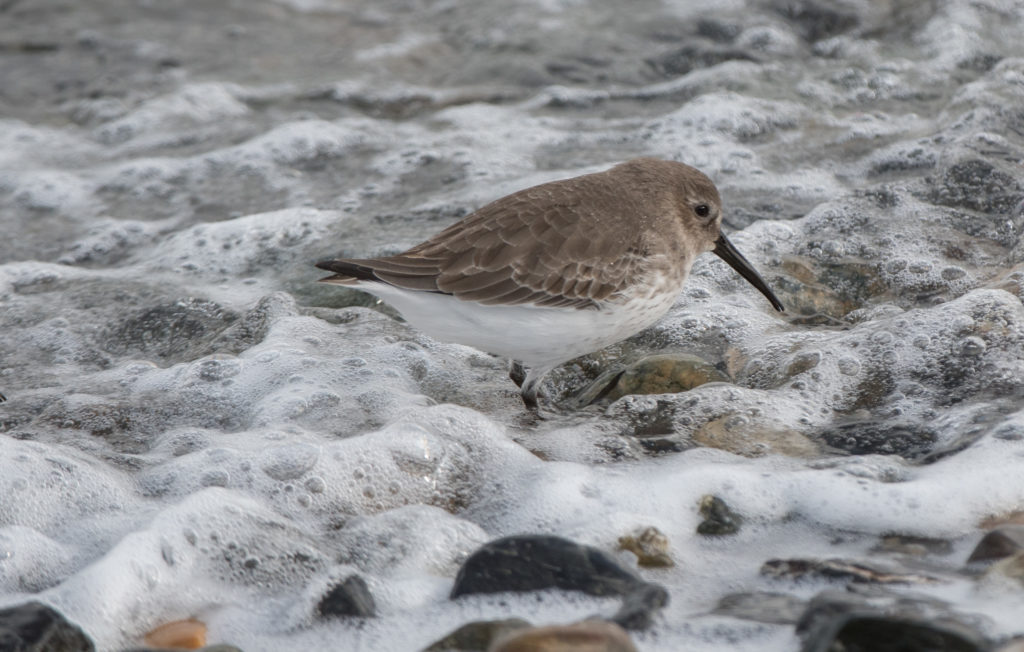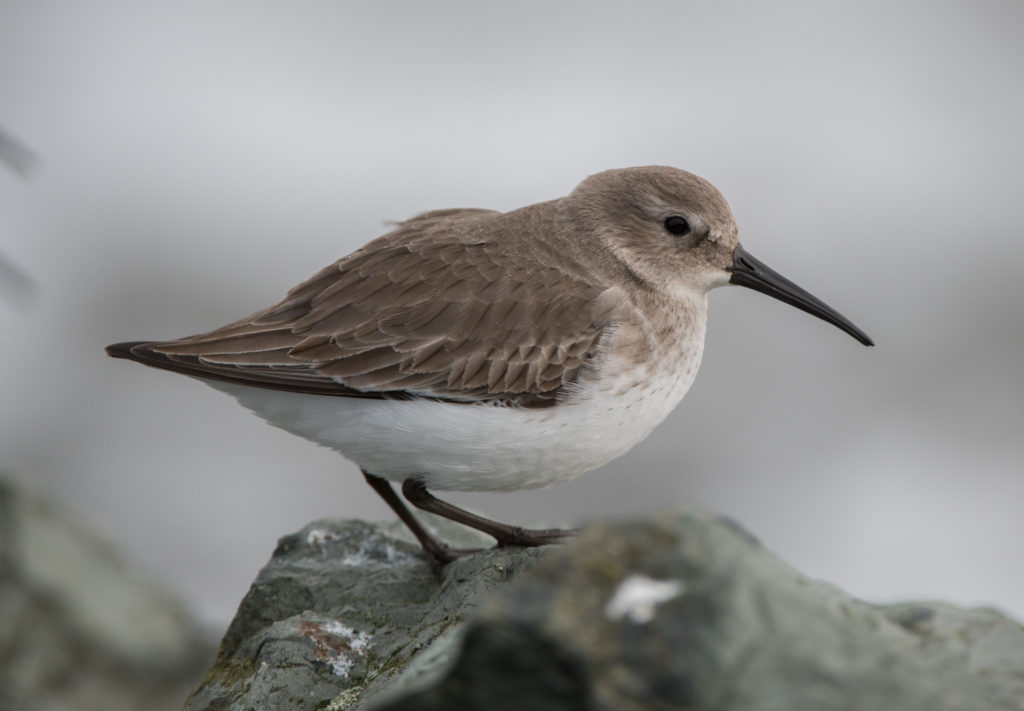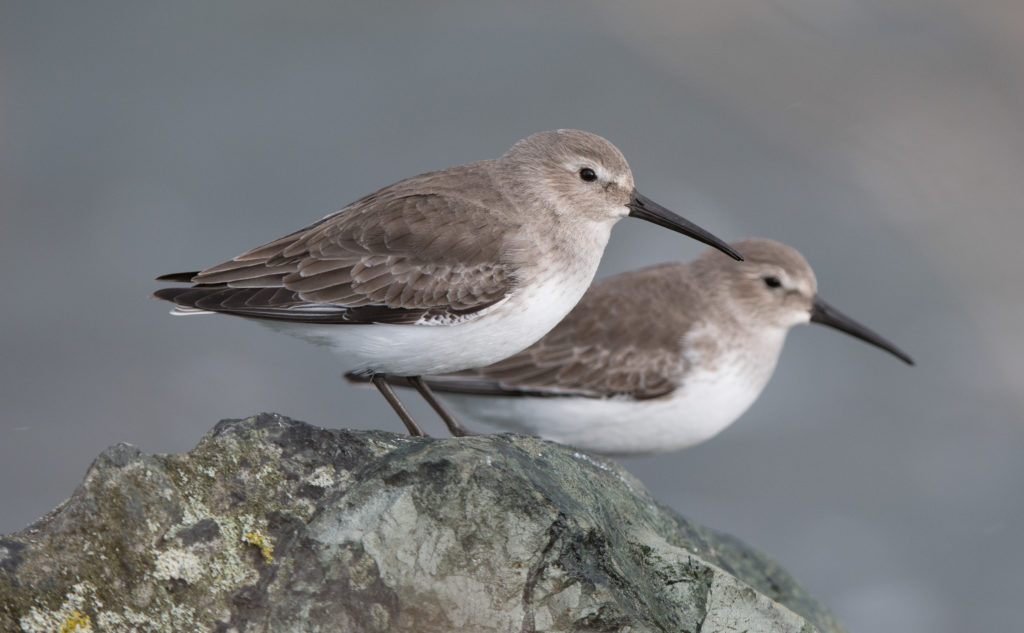This post is going to require a little of your time, but in the end I think it will be worth it.
It’s my habit to publish my photos in the order in which they occur. I’ve found that skipping around causes me problems because I forget where I ended. I have a nice backlog of photos that I’ll try to get to soon. However, with this post I’m making an exception to the first-in, first-out rule due to the very unusual nature of my experiences and photographs today (January 15, 2017).
We’ve had unseasonably cold weather for at least a couple of weeks and the weather, along with an upper respiratory infection followed by a head cold, have curtailed my opportunities for photography. However I had a little time this morning and with the temperature climbing from freezing I decided to spend a little time in the yard before an excursion to ‘the big city’ (Costco in Burlington). My objective was to try to photograph one of the (overdue this season) Varied thrushes that have been visiting the yard for only the past ten days or so. (The thrushes have been rather slow to grasp the concept that use of the unfrozen watercourse carries with it the social obligation of posing for a few relatively closeup photos!)
As I sat in the yard I noticed a Ruby-crowned kinglet that for the past several weeks has been enjoying one of our suet feeders. (This isn’t the only unusual visitor to the suet… we also have a Bewick’s wren and a large flock of Bushtits.) Although conditions for photographing the kinglet were abysmal (backlit, low light, high ISO and high shutter speed needed), I decided to give it a try. I actually took several photos, none of which were especially good, but I deemed them interesting and kept several anyway.
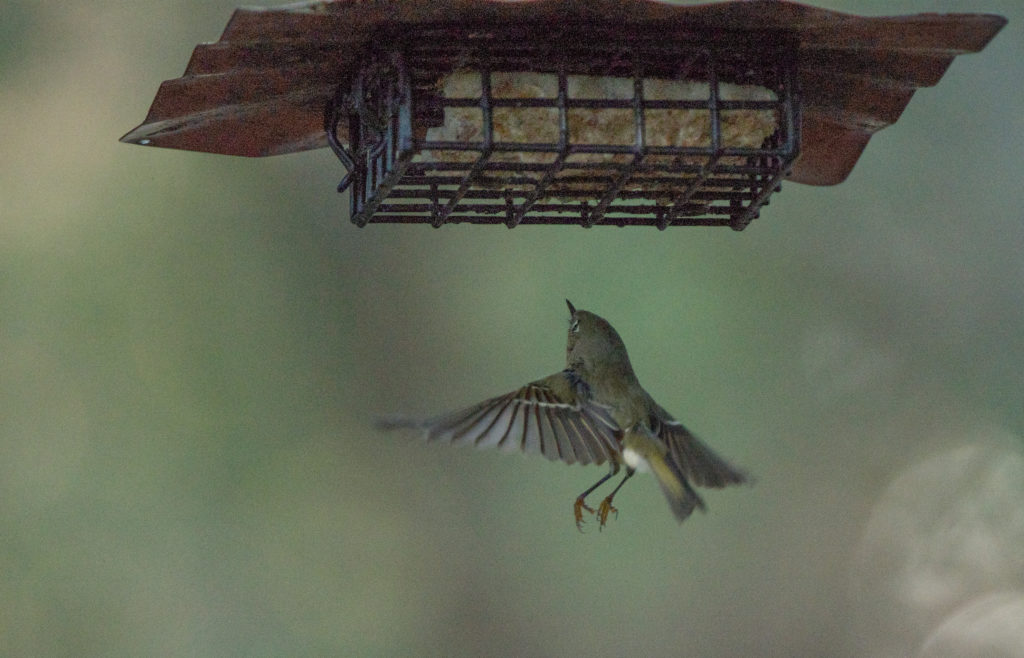
Next came the Bushtits. Instead of getting a photo of up to fifteen or so hanging from the feeder at the same time, I opted for photographing individuals. This first photo is a male…
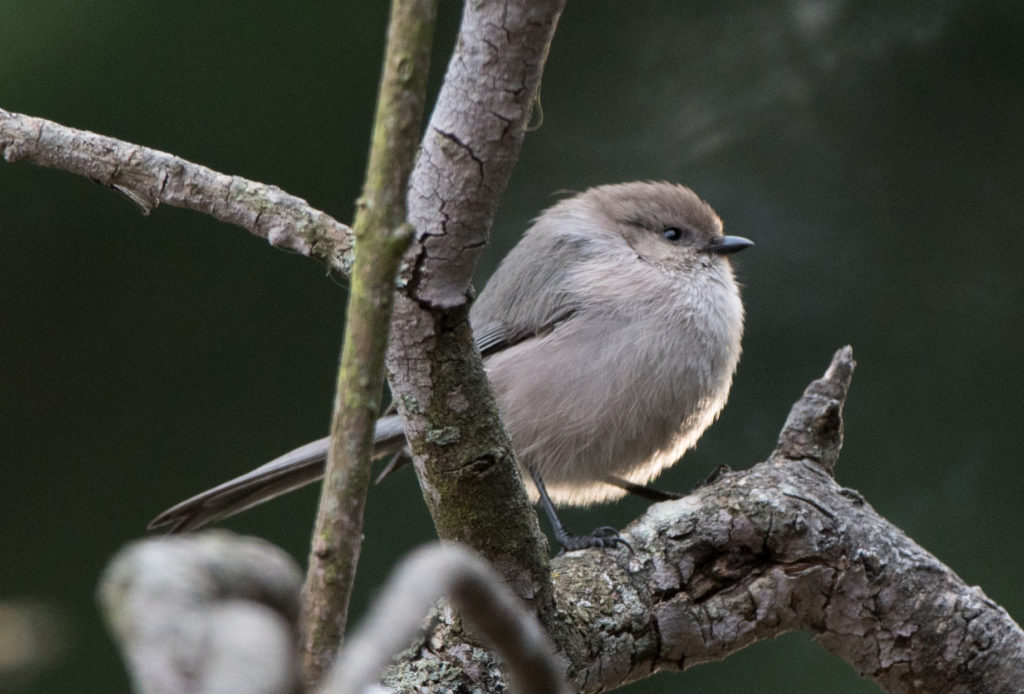
and the following photo is a female. If you look carefully, you can see that the Bushtit in the second photo has a yellow eye which indicates a female.
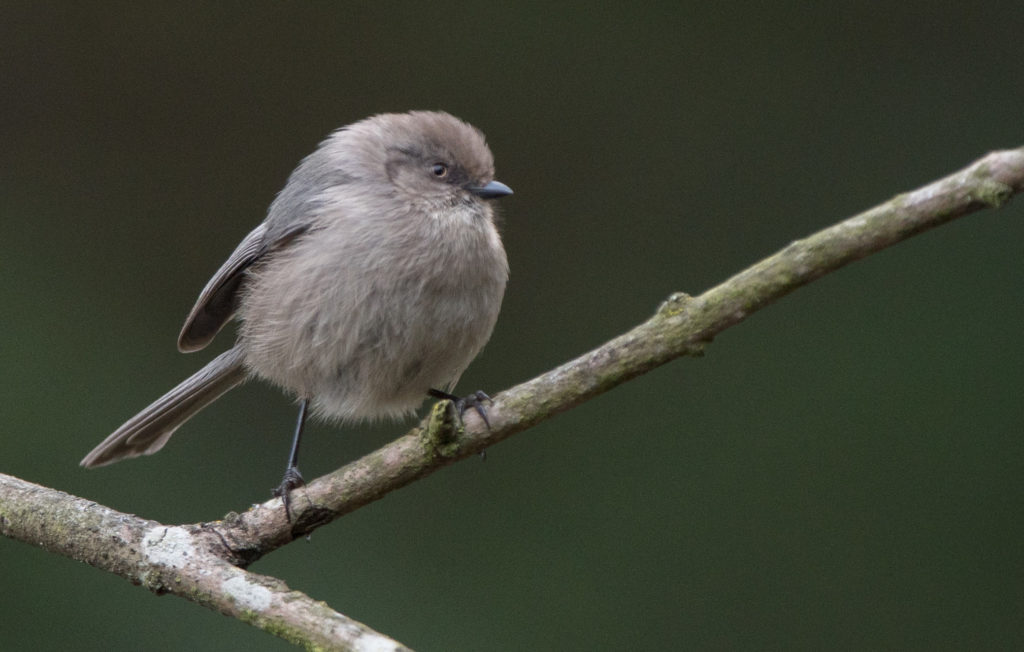
Other visitors to the suet feeder are at least three male Northern flickers (one of which is pictured here) and at least one female.
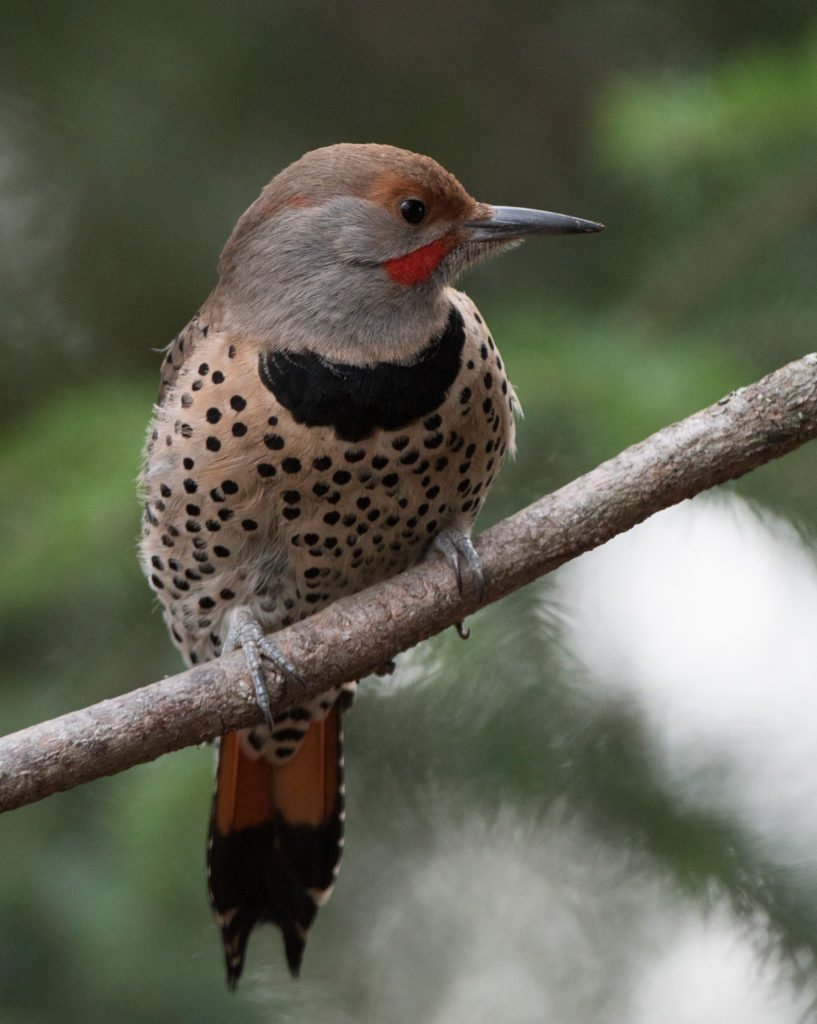
We have at least two male Anna’s hummingbirds that frequent the yard this winter. We began maintaining a feeder when we realized that the Anna’s hummingbirds were spending the winter here without our support, so since they were here anyway we decided to help them get through the winter. We take great care to keep the food fresh and keep the feeders from freezing, rotating the feeders in and out of the house on days when the temperature remains below freezing.
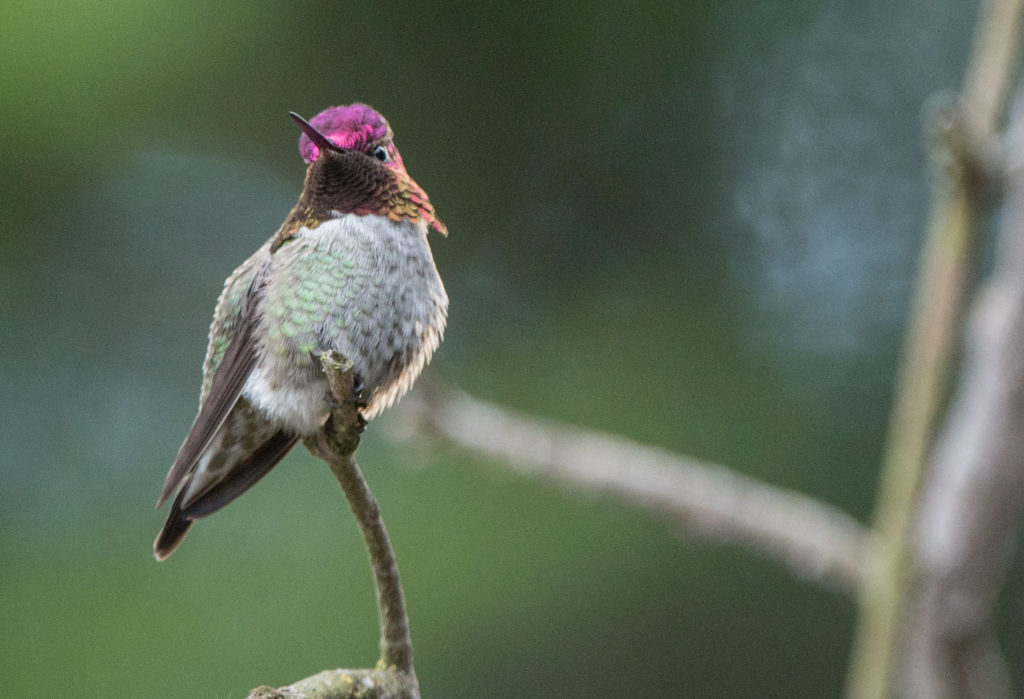 We have at least two Song sparrows that visit the yard and they are regular visitors to the watercourse. This one is perched just above the watercourse.
We have at least two Song sparrows that visit the yard and they are regular visitors to the watercourse. This one is perched just above the watercourse.
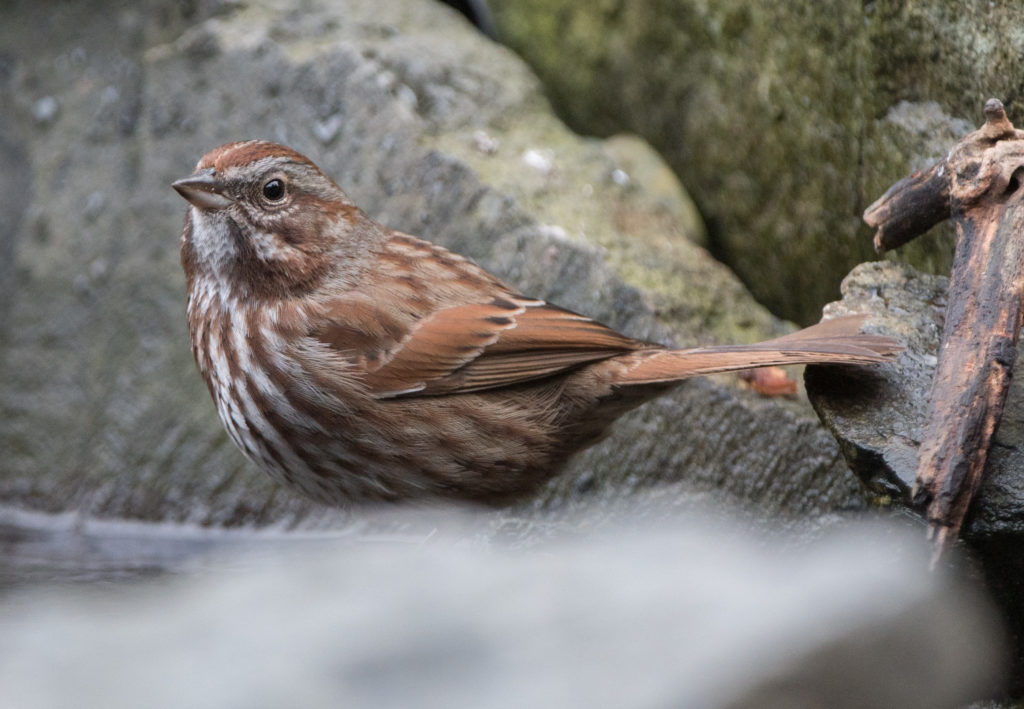
What’s this? Another sparrow???
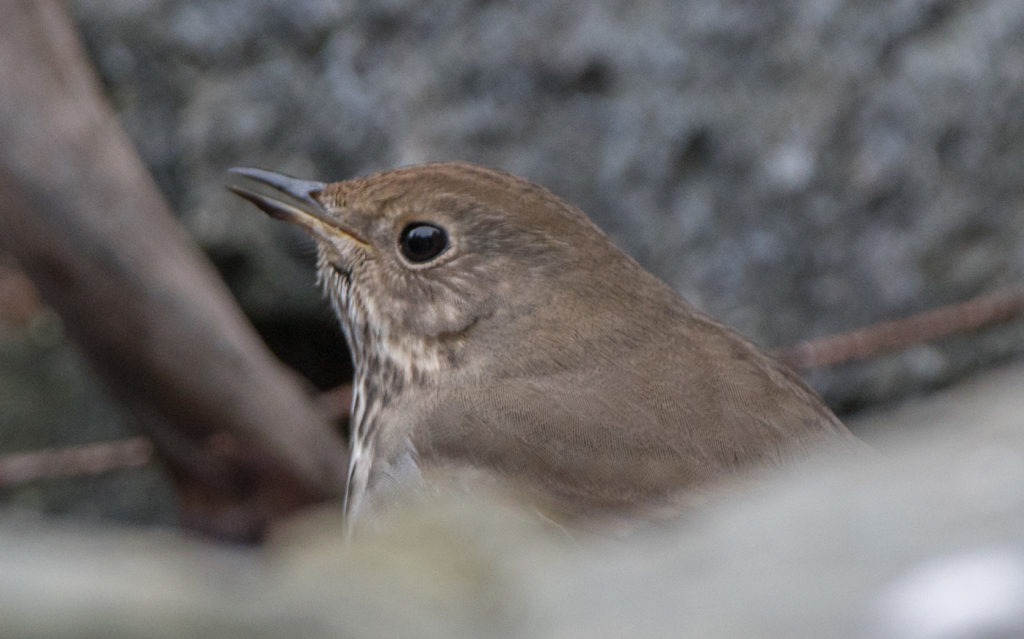
No, it’s not! It’s a very rare visitor to the yard and here’s the story. In the last week or so we’ve had a Hermit thrush visit the yard at least twice. The first time I was sitting in the yard with my camera but wasn’t able to obtain a photo because another bird scared it from the watercourse. The second visit I observed through the window. This morning I was sitting in the yard and noticed the thrush enter the yard from behind me. It took a circuitous path through the yard. I momentarily lost it but then it came hopping across the yard about 25′ in front of me. It entered the watercourse without giving me a chance for a photograph, but then emerged several times to check the area. In all I was able to get about a dozen really good photographs. I would say that it made my day, but maybe the best was yet to come.
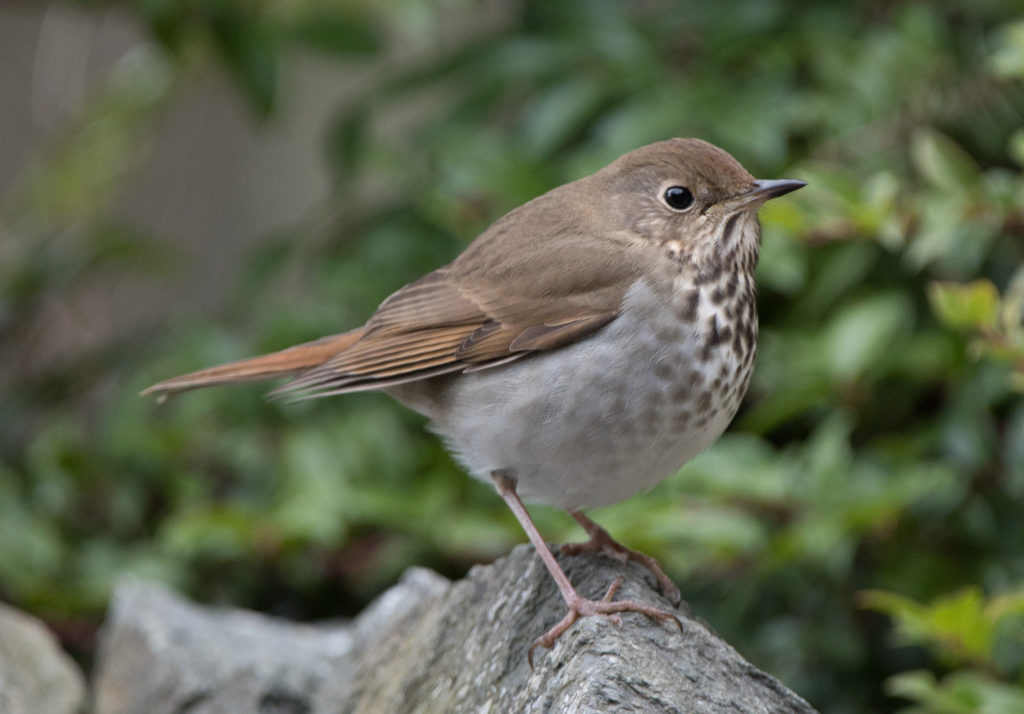
After running our errands to the big city we returned and discovered a female Varied thrush in the yard. I went out with my camera in the hopes that she would approach the watercourse. (She never did.)
Just as I was sitting down and getting prepared I noticed a Red-bellied sapsucker in one of our larger fir trees… too far for a good photo but I reasoned at least I might be able to record its visit. I watched through my camera viewfinder as it climbed the fir but then momentarily lost sight of it. As I lowered the camera I noticed that a sapsucker (presumably a second one) had appeared on a ‘staging stick’ located immediately above the watercourse and not 15′ directly in front of me. I had time for three quick photos before it flew, but I can’t imagine getting any better photos. Here’s one of them…
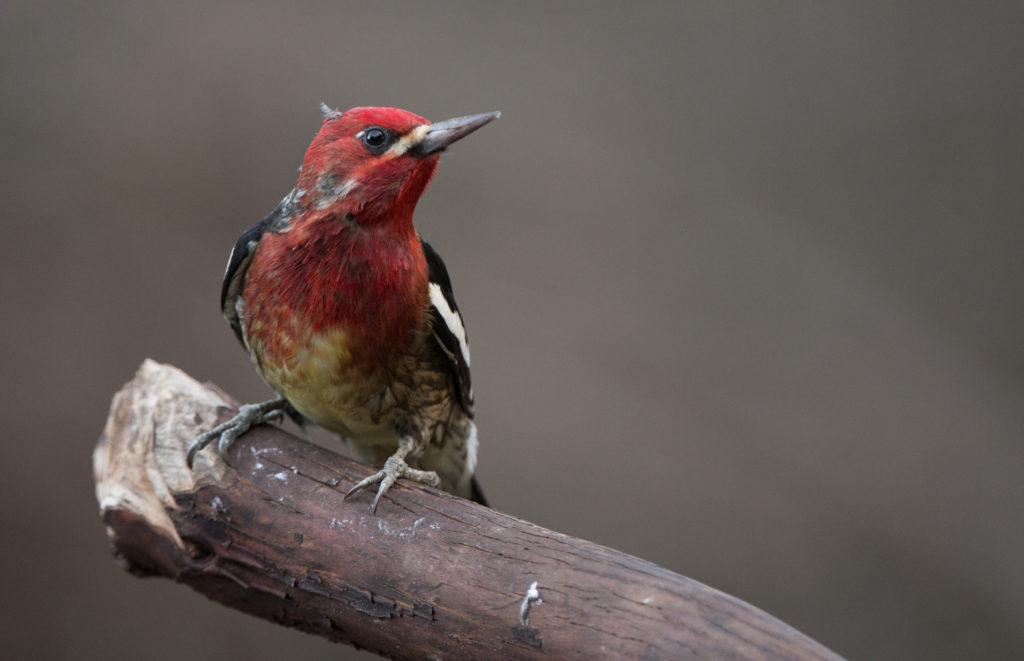 I tried one last time for photos of the female Varied thrush in the yard but it was not to be. However I may have gotten some interesting photos of the male Anna’s hummingbird visiting the watercourse for a bath (in very cold water). But I haven’t processed those photos yet and they will have to wait for another time.
I tried one last time for photos of the female Varied thrush in the yard but it was not to be. However I may have gotten some interesting photos of the male Anna’s hummingbird visiting the watercourse for a bath (in very cold water). But I haven’t processed those photos yet and they will have to wait for another time.
